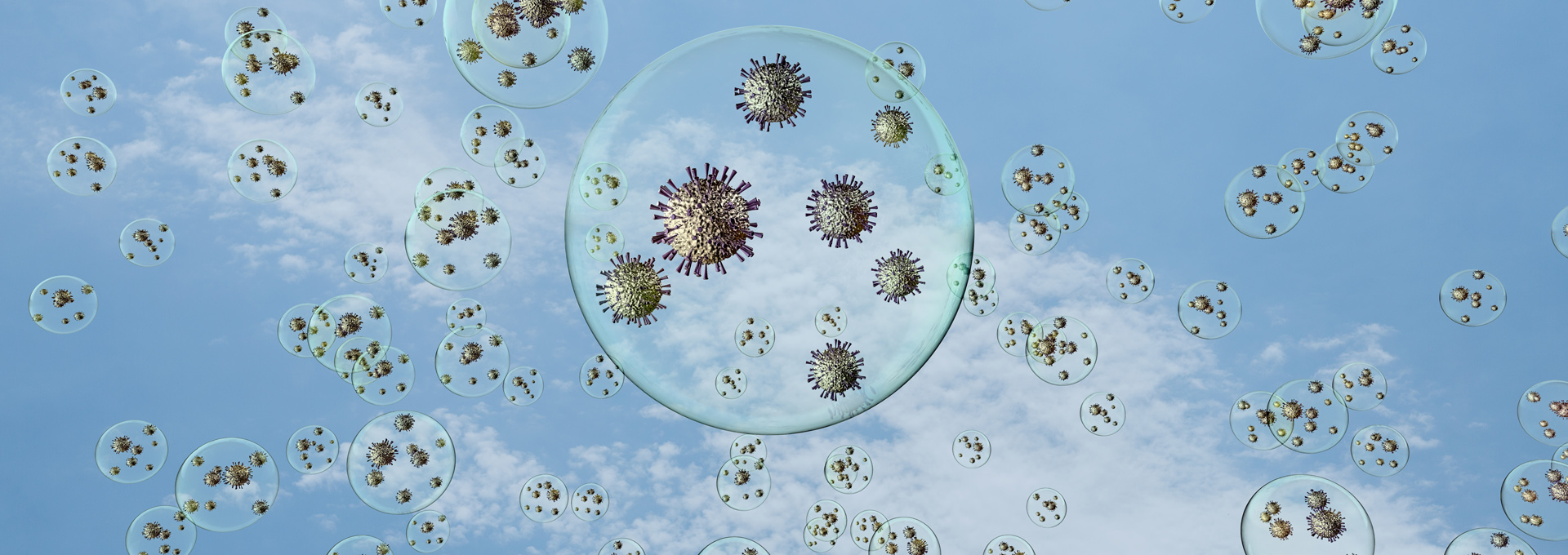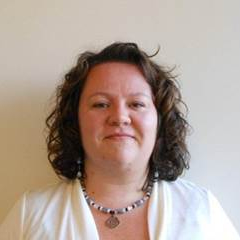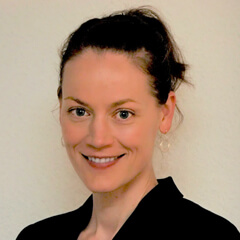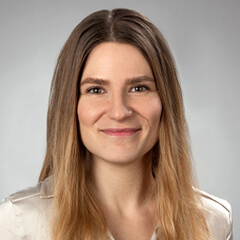COVID-19 Puts Focus on Airborne Virus and Pathogenic Microorganism Detection Methods

Outbreaks of infectious diseases represent an important global public health issue, but also pose far-reaching challenges and threats to global economies and healthcare systems. Viral infections without antiviral treatments are particularly menacing; hence, understanding infection sources and routes of transmission and how these contribute to the spread of disease can facilitate effective prevention and adoption of control measures.
Currently, the COVID-19 pandemic demonstrates the importance of insights regarding transmission as well as infectiveness of human pathogenic viruses over time and space. Besides inhalation of liquid droplets, close contact with infected persons or contact with contaminated surfaces, aerosol transmission of viruses is an important aspect to be considered.
There are a multitude of studies that focus on the importance of air as a transmission path for viruses. The results of these studies indicate a stability of airborne viruses, depending on species, and emphasize the importance of monitoring air for the detection of these potential infection sources. Even though there are currently no official regulations in place to monitor airborne viruses on a regular basis, several scientists focusing on this issue are strongly advocating the need for air monitoring during outbreaks.
An easy, highly efficient and sensitive method for the monitoring of airborne pathogenic microorganisms and viruses is the gelatin filter method. The suitability of the water-soluble gelatin filters, especially for virus sampling, has been tested and proven. The filters are particularly suitable as they show virus collection efficiency with retention rates of up to 99.76%.
Additionally, the air sampling procedure using gelatin filters allows for several possibilities for extending the lower detection limit down to as little as 102 particles/m3. It provides the option of prolonging the sampling period (sampling of high air volumes, such as 2000 L), a filter area of up to 50 cm2 (Ø 80 mm), a flow rate of up to 50 L/min and the reduction of the solvent volume to a minimum of 80 – 100 µL/cm² filter area.
The high suitability of gelatin filters has been demonstrated by Jaschhof (1) and Friese (2), who observed that in individual cases, the gelatin filter is superior to other virus sampling methods. Jaschhof (3) also showed that the sampling duration and a relative humidity of up to 80 – 85 % at 30°C did not negatively affect the retention of virus, which proved to be 99.76% on average.
This efficiency is attained without performing any additional preparatory or post-processing steps for sampling virus aerosols, while maintaining the consistently high retentive capability of the filter. Another benefit is that during sampling of human pathogenic viruses no liquid is needed, thereby reducing the risk of infection of the analytical testing staff as the samples can be considered noninfectious material. The option to store the gelatin filters after sampling as well as the option to ship the gelatin filters to a laboratory for further analysis before dissolution can be beneficial.
As soon as the gelatin filter has been dissolved in deionized water or any other appropriate buffer or medium, all virus particles retained on the filter can be further processed and detected using PCR. In order to obtain fast, sensitive, highly specific and reliable results on the presence of specific viruses, the quantitative real-time PCR (qPCR) is the method of choice. Even sensitive RNA material can be detected by the combination of gelatin filtration and qPCR. Yet, it should be considered that RNA extraction is a crucial step within sample preparation. Therefore, to reduce loss of genetic material, particular attention should be paid to this step.
The following is an example of an air sampling procedure using gelatin membrane filters and PCR for detection of airborne viruses:
- Unpack the gelatin filter disposable
- Mount the gelatin disposable onto the filter holder for the Sartorius MD8 Air Sampler (either AirPort MD8 or MD8 Airscan)
- Do not touch the filter to avoid contaminating it
- Start sampling of air at a speed of, for example, 50 L/min for 20 min (1000 L is a typical air-sampling volume)
- After sampling, detach the filter holder along with the disposable from the MD8 by turning it counterclockwise
- Detach the top part of the filter holder from the base by turning it counterclockwise
- Insert the gelatin filter into a 15 mL Falcon tube – the filter can easily be broken (optional Microsart @solve can be used if using a 47 mm gelatin filter)
- Store for an optimal period and/or ship to an analytical laboratory
- Add 4 – 5 mL solvent for an Ø 80 mm filter or 1.5 – 2 mL for a Ø 47 mm filter respectively (e.g., sterile deionized water or appropriate buffer medium)
- Spin at 3000 × g in Centrifuge
- Incubate in a thermal shaker (120 rpm) or a heating block for 10 min at 37°C to dissolve the gelatin
- (Optional) Inactivation of virus
- Follow RNA extraction according to the manufacturer’s instructions
- Dissolve RNA
- (Optional) Add RNase inhibitor
- Process immediately on ice or store at -80°C (optional)
- Synthetize cDNA by reverse transcription using a commercially available kit with primer and oligo dT primer in a thermal cycler
- (Optional) Store cDNA at -20°C
- Carry out PCR analysis (e.g., qPCR)
The following are examples of areas to monitor air for virus particles:
- Monitoring of the effectiveness of cleaning and sanitization procedures
- Monitoring of aerosol transmission of virus in different hospital areas, such as:
- Patient areas
- Medical staff areas (especially changing rooms)
- Adjacent rooms to quarantine areas
- Public areas
- Deposition areas
- Room ventilation
- Patient toilets
- Monitoring of public means of transportation, such as:
- Airplanes
- Cruise liners
- Trains
- Railways vehicles
- Ferry boats
- Monitoring of public areas with high visitor traffic, such as:
- Airports
- Train stations
- Identification and monitoring of potential infection sources, such as:
- Barns and stables
- Gatherings of large crowds
Several studies have shown that a PCR analysis subsequent to air sampling using gelatin filters provides recovery results superior to other detection methods for virus. As such, the use of gelatin filters can be considered a precise and practicable method for detection of airborne viruses in a multitude of open and enclosed spaces.
References
- Jaschhof H. 1992a. Sampling virus aerosols-comparative studies on the efficiency of gelatin membrane filters, impaction collectors and impingers. Bio Tec; 4 (English translation).
- Friese A. 2010. Aerogen Ausbreitung von Viren: Eine Studie verschiedener Sammelgeräte und Quantifizierungsmethoden zur Virusisolierung aus der Luft. Dissertation zur Erlangung des Grades eines Doctor medicinae veterinariae (Dr.med.vet) am Institut für Tierhygiene und Öffentliches Veterinärwesen der Veterinärmedizinischen Fakultät der Universität Leipzig.
- Jaschhof H. 1992b. Sampling virus aerosols using the gelatin membrane filter – collection using a membrane filter at high sampling rate. Bio Tec; 6 (English translation).



 Tricia Vail has been working for Sartorius since 2019 as the Lab Products & Services Regional Business Manager supporting the Microbiology & Filtration business areas. She has over 20 years’ experience with microbiology and filtration in multiple markets including foods and beverages, water, and pharmaceuticals. She is an active member of ASTM, ANSI, AOAC, and ISO and represents the United States on a multitude of regulatory committees focusing on test methods for microbiology. She also is a PDA TRI faculty member.
Tricia Vail has been working for Sartorius since 2019 as the Lab Products & Services Regional Business Manager supporting the Microbiology & Filtration business areas. She has over 20 years’ experience with microbiology and filtration in multiple markets including foods and beverages, water, and pharmaceuticals. She is an active member of ASTM, ANSI, AOAC, and ISO and represents the United States on a multitude of regulatory committees focusing on test methods for microbiology. She also is a PDA TRI faculty member. Claudia Scherwing has been with Sartorius since 2004 as a scientist in the R&D department for microbiological products. She has 17 years’ experience in product and application development of membrane-based products for the microbiological quality control in pharma, water and beverage industries.
Claudia Scherwing has been with Sartorius since 2004 as a scientist in the R&D department for microbiological products. She has 17 years’ experience in product and application development of membrane-based products for the microbiological quality control in pharma, water and beverage industries.  Diana Patzelt, PhD, is a molecular microbiologist with five years' experience in governmental, commissioned scientific infection research. Since 2016, she has served as a scientist in the R&D department for Sartorius microbiological products and applications.
Diana Patzelt, PhD, is a molecular microbiologist with five years' experience in governmental, commissioned scientific infection research. Since 2016, she has served as a scientist in the R&D department for Sartorius microbiological products and applications.